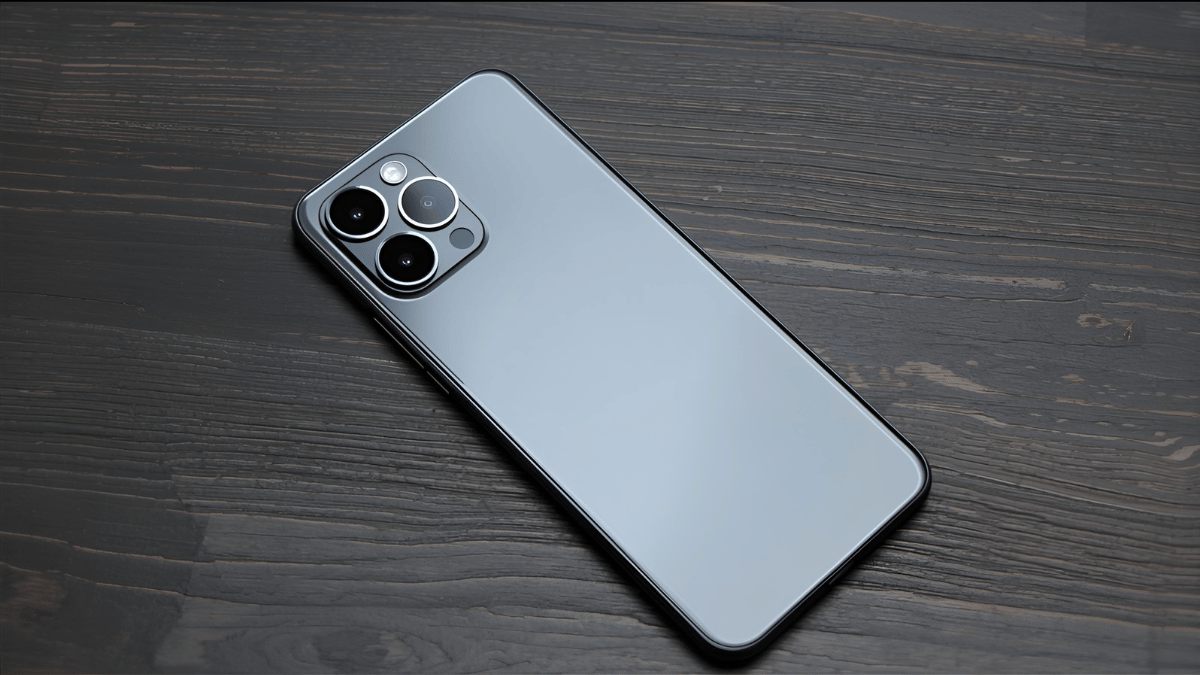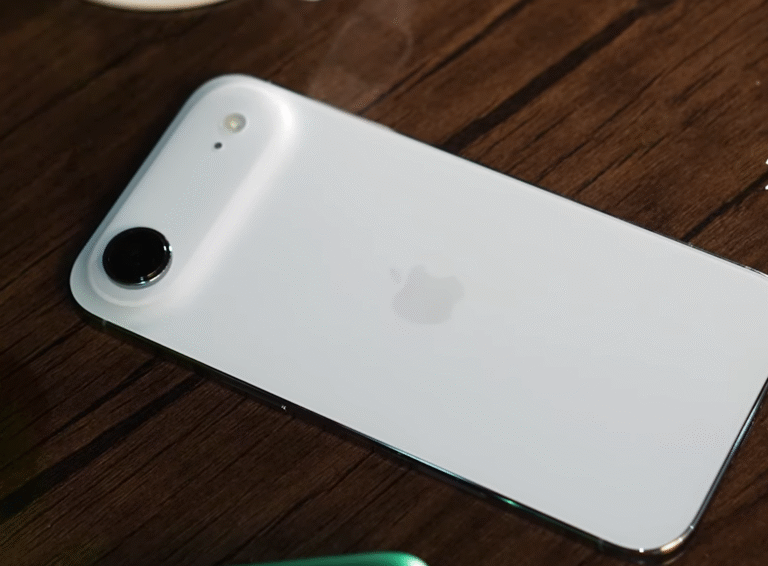
Budget smartphones used to be the best value in the tech world. Just a few years ago, devices like the Redmi Note 10 Pro Max gave you premium design, a vibrant 120 Hz AMOLED display, and even 4K video recording — all for under ₹15,000. Fast forward to 2025, and something strange has happened: prices have climbed dramatically, but the overall experience has declined.
Budget phones are now packed with flashy features on paper, yet they’re quietly losing core essentials that actually matter to users. Here’s a closer look at the troubling trends shaping the budget smartphone segment this year — and why so many buyers are starting to feel shortchanged.
The Price Surge With Fewer Features
A few years ago, a balanced budget phone in India cost around ₹10,000. Today, the same experience demands ₹20,000 or more. Brands justify this by pointing to better batteries and faster processors, and it’s true that performance has improved. But the price jump hasn’t been matched with meaningful upgrades.
Instead, brands are quietly removing small but important features. Stereo speakers, headphone jacks, and even basic accessories like phone cases and screen protectors are disappearing. This shift means buyers are paying more yet getting less value in the box.
Vanishing Stereo Speakers
Stereo speakers used to be a given even on affordable devices. Phones like the Vivo T3 shipped with them, giving users immersive audio for music, videos, and gaming. Its successor, the Vivo T4, raised the price, upgraded the processor and battery — and quietly removed the stereo speakers.
What makes this frustrating is that the cheaper Vivo T4x still includes stereo speakers. So, buyers spending more actually get a weaker multimedia experience. It’s cost-cutting disguised as “streamlining,” and it’s becoming common across brands.
Fake Multi-Camera Designs
Another trend plaguing 2025 budget phones is oversized circular camera modules that look advanced but hide very basic hardware. Many models boast three or four lenses, but only one is a proper sensor — the rest are usually low-resolution depth or macro cameras that contribute little to image quality.
This design creates practical annoyances too. The large raised rings collect fingerprints easily, and your fingers often hit the lenses when holding the phone. Rather than spending resources on cosmetic camera bumps, brands should focus on using one or two genuinely good sensors and better image processing.
Disappearing 4K Recording and Playback
Perhaps the most shocking downgrade is the removal of 4K video recording — and sometimes even 4K playback. Budget phones today are powerful enough to run demanding games like BGMI at 120 fps, yet many can’t record or play a simple 4K clip.
The Redmi Note 15, for example, uses a Snapdragon 6s Gen 3 processor, which doesn’t support 4K recording. That means even if someone sends you a 4K video, your phone won’t play it smoothly.
In contrast, rivals like the Infinix Note 50 S5G not only record 4K video from the main camera but also from the ultra-wide lens — proving it’s still possible at this price if brands prioritize it.
Killing UI Animations
Animations make smartphones feel polished and smooth, yet many brands are now removing them entirely. This practice started on low-powered phones to hide lag, but even well-equipped models are doing it now.
Take the Realme P3 Pro — a phone capable of running BGMI at 90 fps, yet it disables app opening animations. This is a psychological trick to make higher-end models seem faster. If a phone can handle gaming at high frame rates, it can absolutely handle UI animations — so this is just intentional downgrading.
Rebranding Old Hardware as “New”
Rebranding isn’t new, but it’s reached absurd levels. The Snapdragon 6s Gen 3 in the Redmi Note 15 is simply a renamed Snapdragon 695 from 2021. Similarly, Sony’s newer “Lytia” camera sensors are often just rebranded IMX sensors from previous years.
This creates an illusion of innovation without delivering real progress. In reality, photo quality depends more on software optimization and image processing than on sensor branding — but the marketing misleads average buyers into thinking they’re getting newer technology.
Missing Accessories: The Shrinkflation of Phones
When Apple removed chargers from the box, rivals mocked the move — and then copied it. Now even budget devices arrive without chargers, and some brands have gone further by removing phone cases and screen protectors too.
Phones like the Moto G96 and Moto G86 Power ship without cases or scratch guards, adding hidden costs for users. This is classic “shrinkflation”: the price stays the same or increases, but what you get keeps shrinking.
For budget-conscious buyers, these missing accessories matter. A decent case or screen protector can cost several hundred rupees, and their absence pushes up the total cost of ownership.
Prioritizing Flashy Features Over Core Functionality
Perhaps the biggest problem is how brands now prioritize appearance over practicality. To keep prices appealing, they pack phones with attention-grabbing but often useless extras — like IP ratings with fine-print disclaimers, wireless charging few people use, or exaggerated virtual RAM numbers.
Meanwhile, the basics are suffering. Many new budget models lag when taking multiple photos, heat up easily, and offer poor after-sales service. The focus has shifted from long-term reliability to marketing appeal, and users end up with devices that feel sluggish after a few months.
The Bigger Picture
This isn’t just about individual features — it’s about an industry trend. Once brands gain a foothold in the budget market, they start chasing higher profit margins and gradually abandon value-focused phones. Infinix, Tecno, and CMF are newer brands still offering aggressive specs, while older players move their focus to premium segments.
Savvy buyers are starting to adapt: choosing slightly older models that have received price cuts or exploring newer brands offering better value. It’s becoming the smarter way to get a phone that actually works well without paying extra for marketing gimmicks.
Final Thoughts
Budget smartphones in 2025 aren’t bad because technology has stalled — they’re bad because brands are cutting corners where it matters most. Removing stereo speakers, skipping 4K support, killing animations, rebranding old parts, and dropping basic accessories all add up to one thing: compromised user experience.
If you’re shopping for a budget phone, don’t just look at the launch year or the spec sheet. Consider last year’s well-reviewed models or competitive newcomers, and focus on real performance, build quality, and support. That’s where the true value lies.



